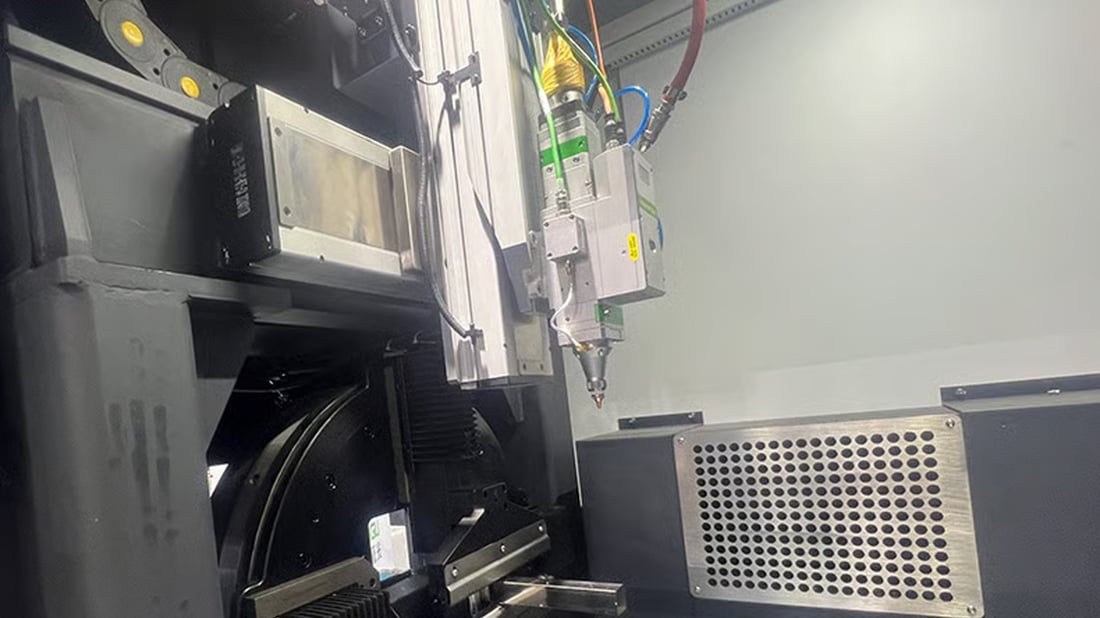Fiber laser cutters are powerful tools that use a high-powered laser beam to cut materials with extreme precision and accuracy. They are commonly used in various industries such as manufacturing, automotive, and aerospace due to their efficiency and versatility.
How Fiber Laser Cutters Work
Fiber laser cutters work by generating a laser beam using rare-earth elements such as erbium, ytterbium, and neodymium. This laser beam is then focused and directed onto the material to be cut, melting or vaporizing it at the point of contact. The high energy density of the laser beam allows for clean and precise cuts, making fiber laser cutters ideal for intricate designs and complex shapes.
Advantages of Using Fiber Laser Cutters
One of the main advantages of using fiber laser cutters is their speed and efficiency. They can cut through a wide range of materials, including metals, plastics, and composites, at a much faster rate than traditional cutting methods. Additionally, fiber laser cutters produce minimal heat-affected zones and require less maintenance, making them cost-effective in the long run.
Applications of Fiber Laser Cutters
Fiber laser cutters are used in a variety of applications, including metal fabrication, signage, jewelry making, and medical device manufacturing. They can cut through materials such as steel, aluminum, brass, copper, and titanium with ease, making them versatile tools for a wide range of industries.
Choosing the Right Fiber Laser Cutter
When choosing a fiber laser cutter, it is important to consider factors such as power output, cutting speed, bed size, and software compatibility. Higher power outputs are suitable for cutting thicker materials, while faster cutting speeds increase productivity. The bed size of the laser cutter should be large enough to accommodate the materials you will be working with.
Maintenance and Care of Fiber Laser Cutters
Proper maintenance and care are essential to ensure the longevity and performance of your fiber laser cutter. Regularly cleaning the lens, checking the alignment of the laser beam, and replacing worn parts are key maintenance tasks. Additionally, keeping the work area clean and free of debris helps prevent damage to the machine and ensures optimal cutting results.
Latest Technological Advancements in Fiber Laser Cutters
Recent advancements in fiber laser cutter technology have led to improvements in cutting speed, accuracy, and energy efficiency. Features such as automatic nozzle changing, real-time monitoring systems, and intelligent software solutions have enhanced the performance and usability of fiber laser cutters, making them even more reliable and efficient.
Future Trends in Fiber Laser Cutting Industry
The fiber laser cutting industry is poised for continued growth and innovation in the coming years. Advancements in automation, artificial intelligence, and cloud-based solutions are expected to further enhance the capabilities of fiber laser cutters, making them indispensable tools for a wide range of manufacturing and fabrication processes.
Cost Considerations of Fiber Laser Cutters
While fiber laser cutters offer numerous benefits in terms of speed, precision, and versatility, they can be a significant investment for businesses. Factors such as initial purchase price, maintenance costs, and energy consumption should be taken into account when considering the overall cost of owning and operating a fiber laser cutter.
Conclusion
In conclusion, fiber laser cutters are powerful and versatile tools that offer numerous benefits for a wide range of industries. With their high precision, speed, and efficiency, fiber laser cutters are essential equipment for any business looking to achieve superior cutting results and streamline their manufacturing processes.
Quote Inquiry
contact us

